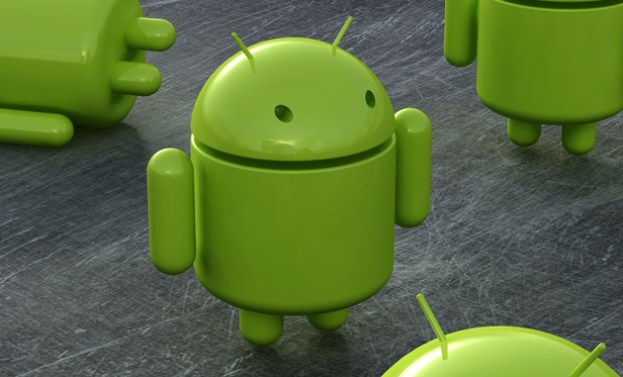
If you needed any more reassurance that Android stands as a major threat to Apple’s iOS dominance, ComScore has a present for you: According to the digital research firm’s new study of European cellphone usage, use of Google’s mobile operating system has skyrocketed over the last year, jumping over iOS to become the second most-used mobile OS, after Nokia’s Symbian OS, in the five leading European markets.
As of July 2010, Android held onto a mere 6 percent of the “EU5” market, which includes France, Germany, Spain, Italy and the United Kingdom. Today, ComScore says that number has jumped to 22.3 percent. Apple’s iOS has also risen, though much more modestly, with a mere 1.2 percent increase, to 20.3 percent market share. Researcher In Motion’s BlackBerry OS actually rose slightly more than iOS, with a 1.5 percent increase, but remains in fourth place with only 9.4 percent of the EU5 market.
Despite its current lead, Nokia’s Symbian has, not surprisingly, dropped a whopping 16.1 percent over the last year, from 53.9 percent to 37.8 percent. Mircosoft, which remains in fifth place, also lost customers, dropping 4.8 percent down to 6.7 percent market share.
Helping Android’s rapid gain has been the popularity of HTC’s handsets, which account for 34.6 percent of Android devices used during the July 2010 to July 2011 time period. Samsung was the second most popular Android handset maker, with its devices accounting for 31.7 percent of Android units.
ComScore says Android has played a major role in ushering in smartphone adoption across Europe.
“Smartphone adoption has seen significant growth from the previous year, driven in large part by the increasing popularity of the Google Android platform,”said Jeremy Copp, comScore Europe vice president for mobile, in a statement. “Although Symbian continues to lead the EU5 smartphone market, Android is gaining fast and recently passed Apple to become the second most popular platform. Network operators, publishers and advertisers looking to effectively reach the European mobile audience must pay close attention to the continued growth of Android in the region, as it will likely have far-reaching implications for the mobile media landscape.”
As of July of this year, an average of 88.4 million wireless customers in EU5 use smartphones, a 44 percent rise since last year. Of those, 19.7 million use Android devices, with the highest number of Android users (6.3 million) residing in the UK.
Editors' Recommendations
- The 10 best photo editing apps for Android and iOS in 2024
- How to reverse image search on Android or iPhone
- How to find downloaded files on an iPhone or Android phone
- How to record a WhatsApp call on Android or iOS
- iOS 17: How to move notifications to the top of your lock screen

